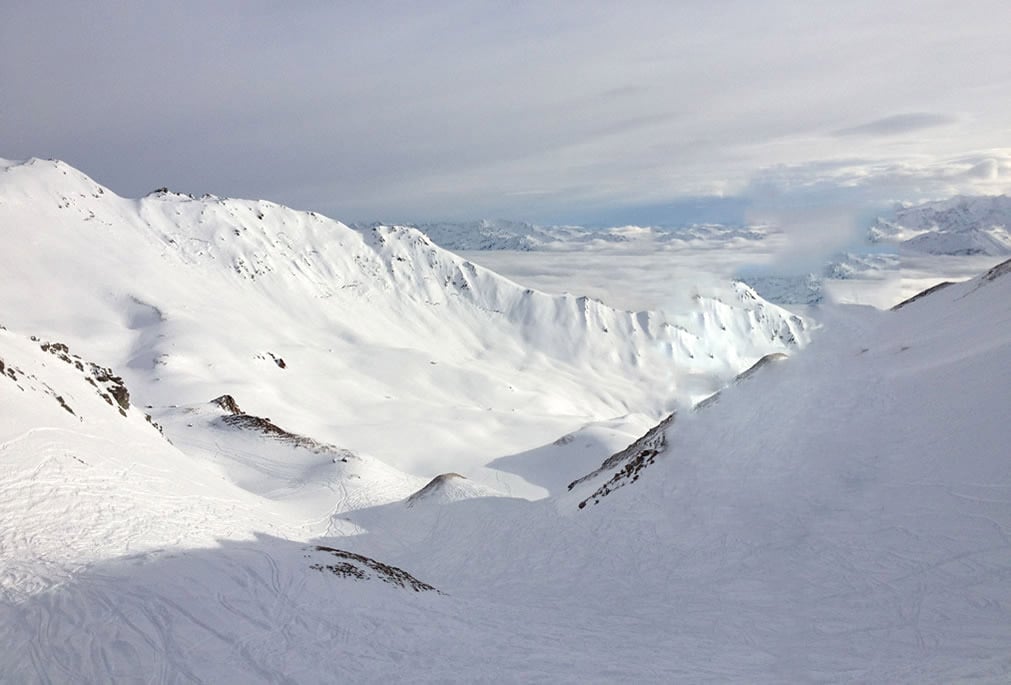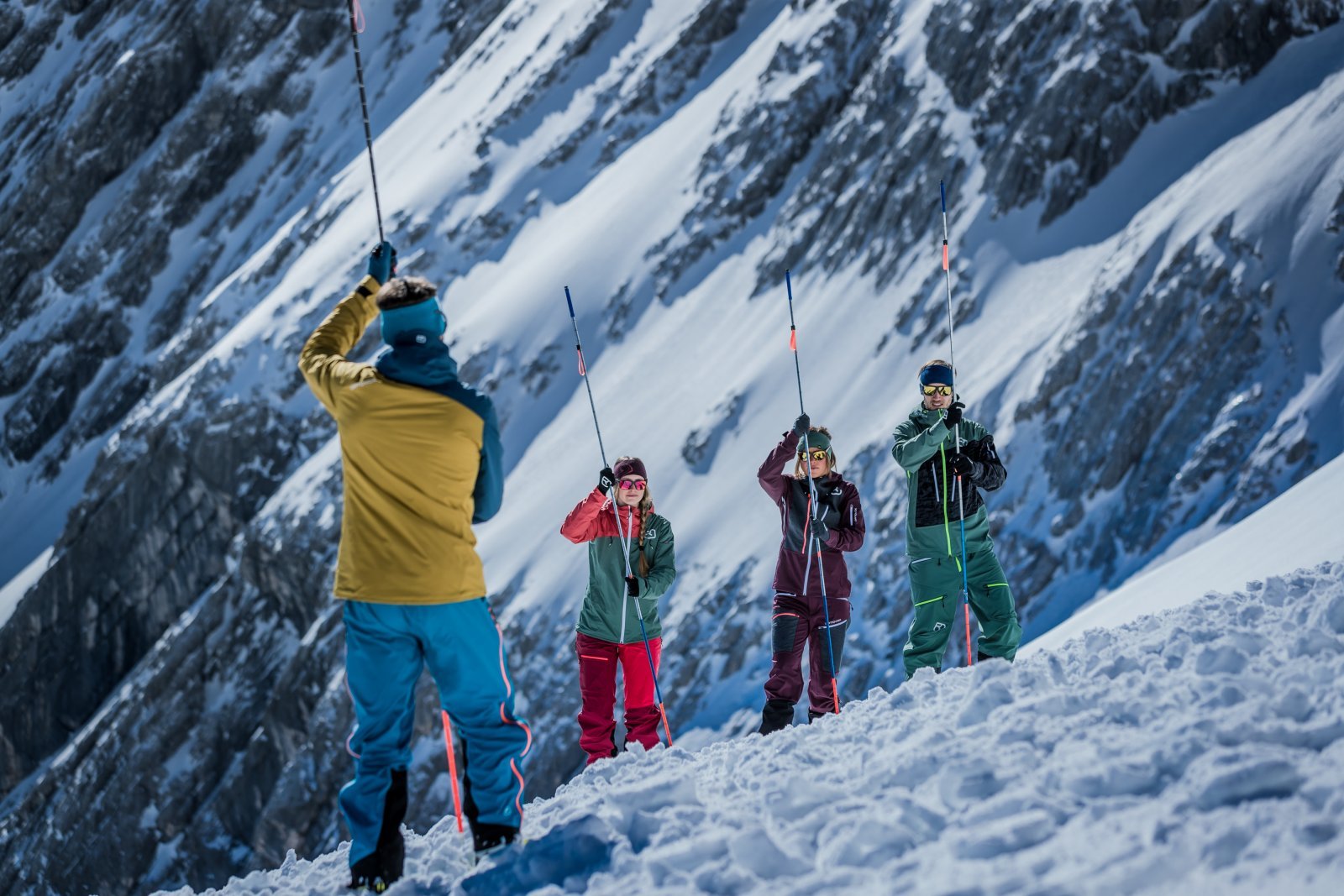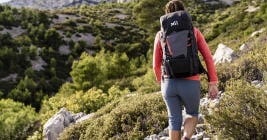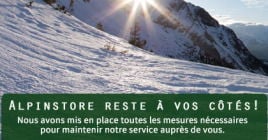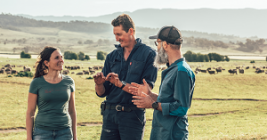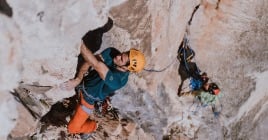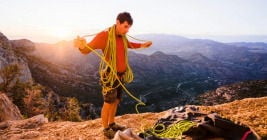SAFETY ACADEMY
Whether you are ski touring or freeriding, you must be able to assess the risk of avalanches whenever you venture into unsafe areas of the mountains. Careful planning, appropriate behaviour in the field and the experience to identify potential danger zones are the basis for safety in the mountains. In order to pass on this knowledge Ortovox has been offering avalanche safety training courses for beginners and advanced hikers and freeriders since 2008, in cooperation with around 30 schools. The SAFETY ACADEMY is the world's largest avalanche safety training initiative. Train to reduce your risk! It's the only way to avoid being in danger.
Objectives of the winter course: Safety and risk management during ski tours and freeride trips in unsafe mountain areas.
UNDERSTAND THE BASICS OF AVALANCHE
First point to know: there are different types of snow, more than 5000 snowflakes, hence the complexity of snow. However, you don't need to know it inside out to be able to enjoy the powder safely.
Firstly, it is important to check the avalanche bulletin carefully to see which outings are possible the next day. Then, it can be useful to study the topographic map to locate potential danger areas.
How can an unstable layer of snow form in the snowpack?
The snowpack is a bit like a millefeuille, sometimes even more fragile! It is made up of many different layers that accumulate throughout the winter according to the different climatic episodes. The structure of the snowpack and the cohesion between the layers is always the decisive factor in avalanche risk.



